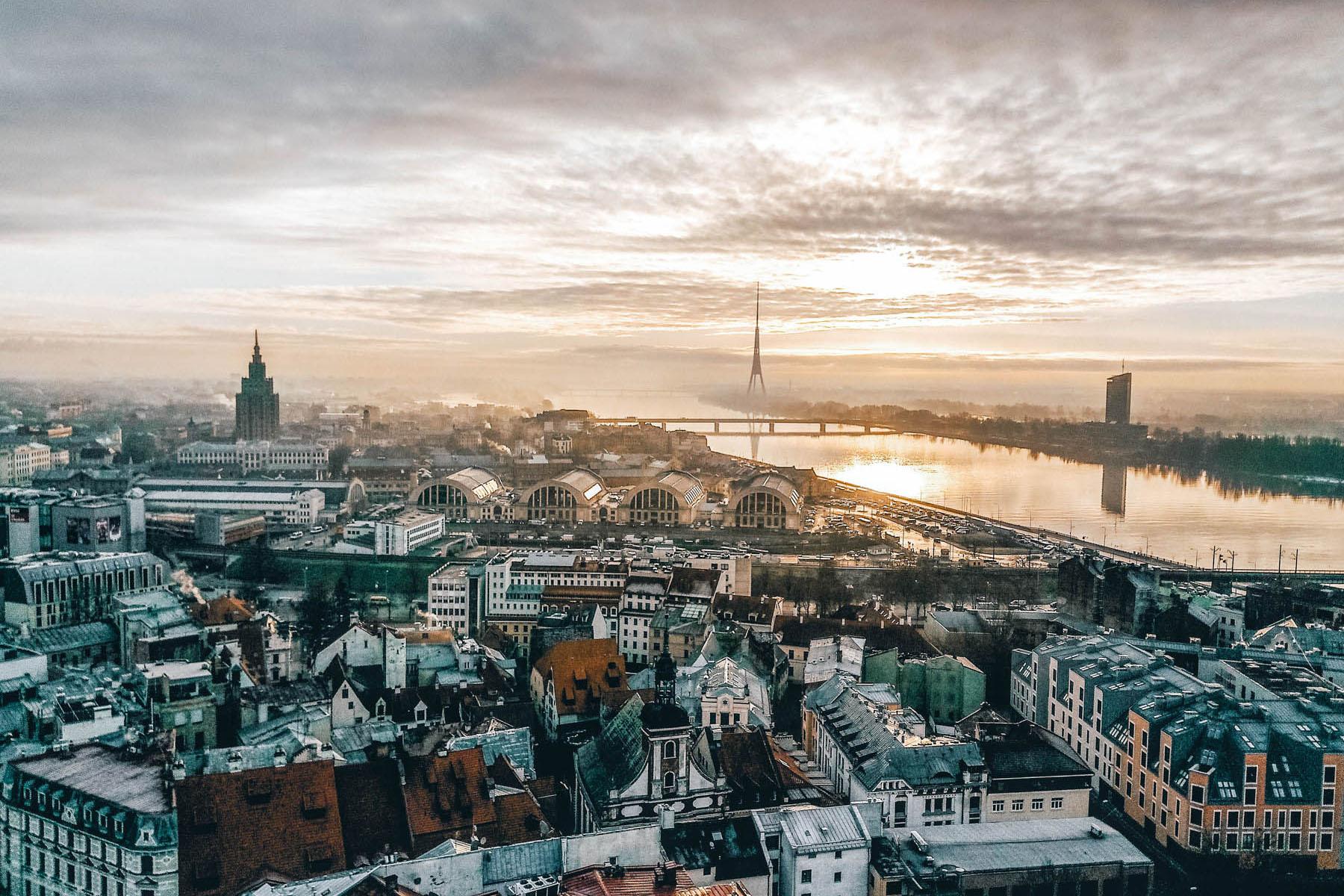From the crumbling facades of the old town to the distinctive Soviet-era Academy of Sciences, Riga is a city with a rich architectural heritage.
What is not immediately obvious in Riga, though the nets that cover many of the city’s buildings and prevent rubble from falling on passers-by offer a clue, is that so many of the city’s buildings are abandoned and have fallen into disrepair.
As a once important site of manufacturing in the USSR, Riga was left with plenty of empty industrial spaces after the country gained independence from the Soviet Union. The 2008 financial crisis exacerbated this problem, preventing many building projects from being completed.
But disused and large-scale industrial architecture is now being celebrated as one of Riga’s best resources, as local artists, musicians, entrepreneurs, and skateboarders all find ingenious ways to repurpose it. And whilst visitors to Riga will likely find themselves dancing or looking at art in one of these defunct spaces at some point during their stay, they may not be fully aware of the building’s former use.
Here are some of the most exciting buildings to have been repurposed in Riga, along with an insight into the industries that once thrived here on the Baltic coast.




